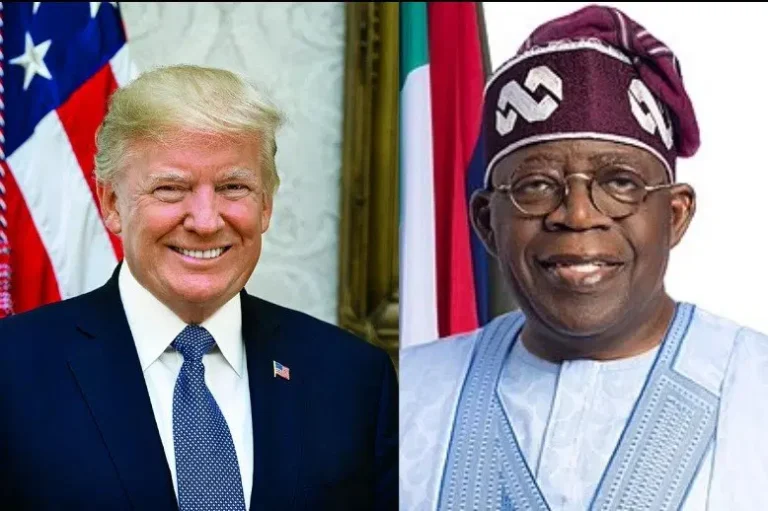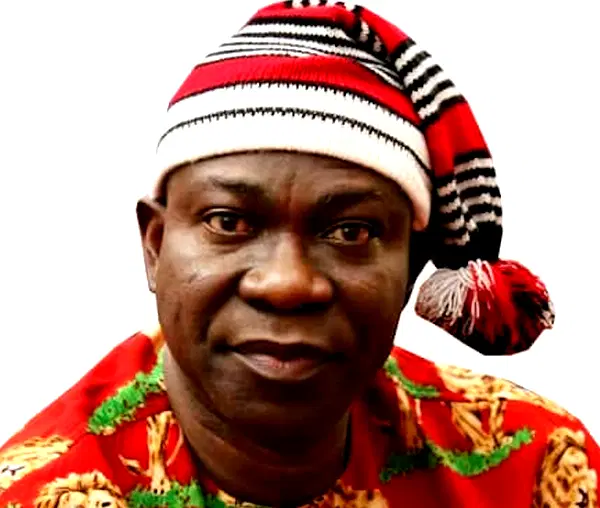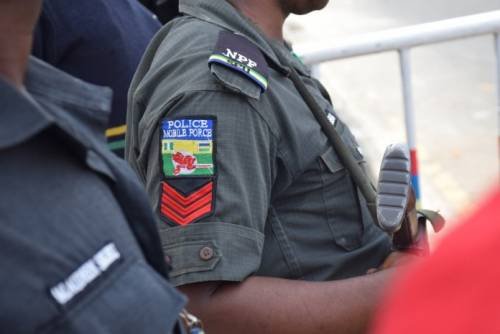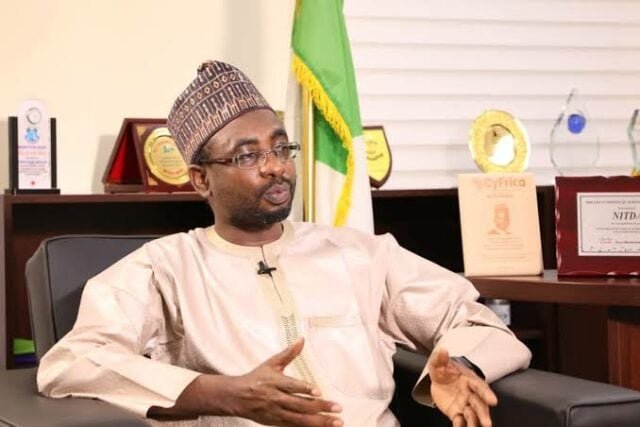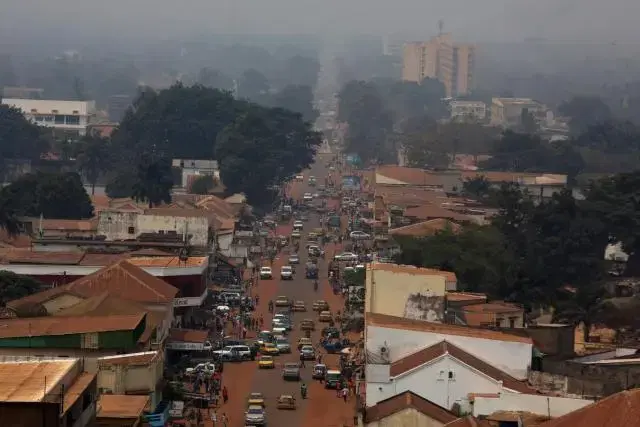
10 Poorest Countries in Africa in 2025 – IMF Report
By Nnakife Benice
The International Monetary Fund (IMF) has released its latest rankings of Africa’s poorest countries by GDP per capita (PPP), spotlighting the persistent economic struggles in many regions of the continent. As of February 2025, several countries continue to battle high poverty rates, weak economic foundations, and underdeveloped infrastructure despite global efforts toward economic support and reform.
According to the IMF, these are Africa’s 10 poorest nations in 2025, based on GDP-PPP per capita:
1. South Sudan
GDP-PPP per capita: $960.24
Africa’s youngest nation continues to suffer from political instability, civil conflict, and an overreliance on oil exports, making its economy vulnerable to external shocks. Development remains a major challenge.
2. Burundi
GDP-PPP per capita: $1,009
With most citizens engaged in subsistence agriculture, Burundi faces slow economic growth due to limited industrialization and constrained international trade opportunities.
3. Central African Republic (CAR)
GDP-PPP per capita: $1,314
Decades of political unrest have hindered CAR’s ability to attract foreign investment. Many residents struggle with food insecurity and limited access to basic services.
4. Malawi
GDP-PPP per capita: $1,765
While Malawi’s economy is heavily dependent on agriculture, it faces environmental challenges and lacks significant industrial growth, leading to high unemployment and economic fragility.
5. Mozambique
GDP-PPP per capita: $1,787
Despite its natural resource wealth, Mozambique grapples with natural disasters and governance issues. Reforms are ongoing, but progress is slow.
6. Somalia
GDP-PPP per capita: $1,900
Years of security challenges and weak governance have stalled Somalia’s ability to build strong industries and attract foreign capital, keeping the country economically isolated.
7. Democratic Republic of the Congo (DRC)
GDP-PPP per capita: $1,908
Despite abundant mineral resources, the DRC’s economic potential is undermined by political instability, inadequate infrastructure, and widespread poverty.
8. Liberia
GDP-PPP per capita: $2,003
Still recovering from past civil conflicts, Liberia struggles with economic rebuilding, despite recent efforts to improve governance and infrastructure.
9. Madagascar
GDP-PPP per capita: $2,062
Madagascar faces climate-related agricultural issues, weak industrial development, and political instability, all of which limit economic growth.
10. Niger
GDP-PPP per capita: $2,084
High population growth, low industrial output, and climate change pressures have placed immense strain on Niger’s already scarce resources.
While some of these nations have made modest gains in areas like governance and trade, the road to economic stability and development remains long. Experts continue to stress the importance of investing in manufacturing, education, and healthcare to break the cycle of poverty across Africa’s most vulnerable states.
